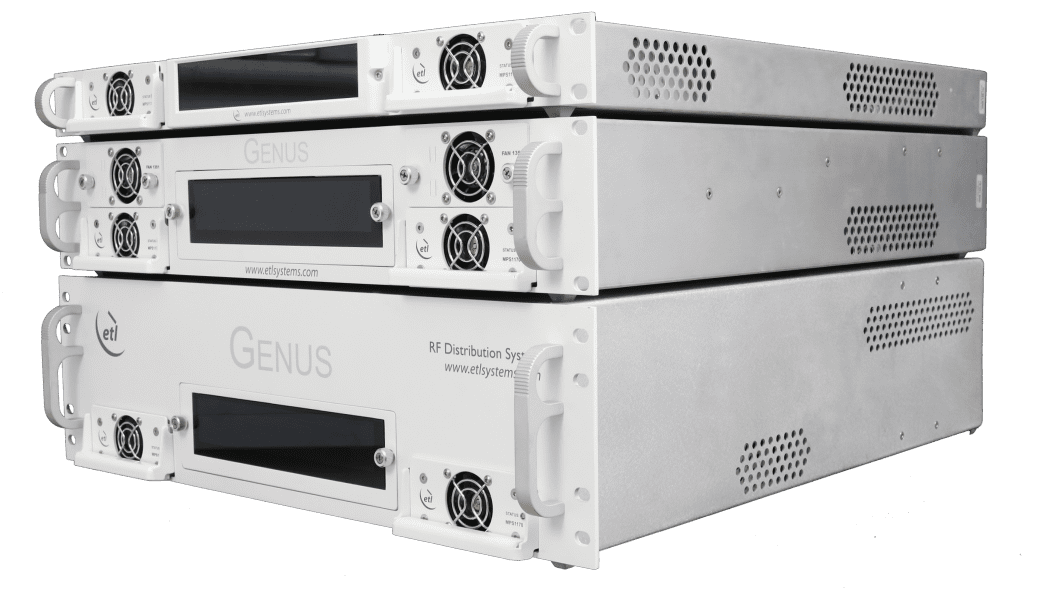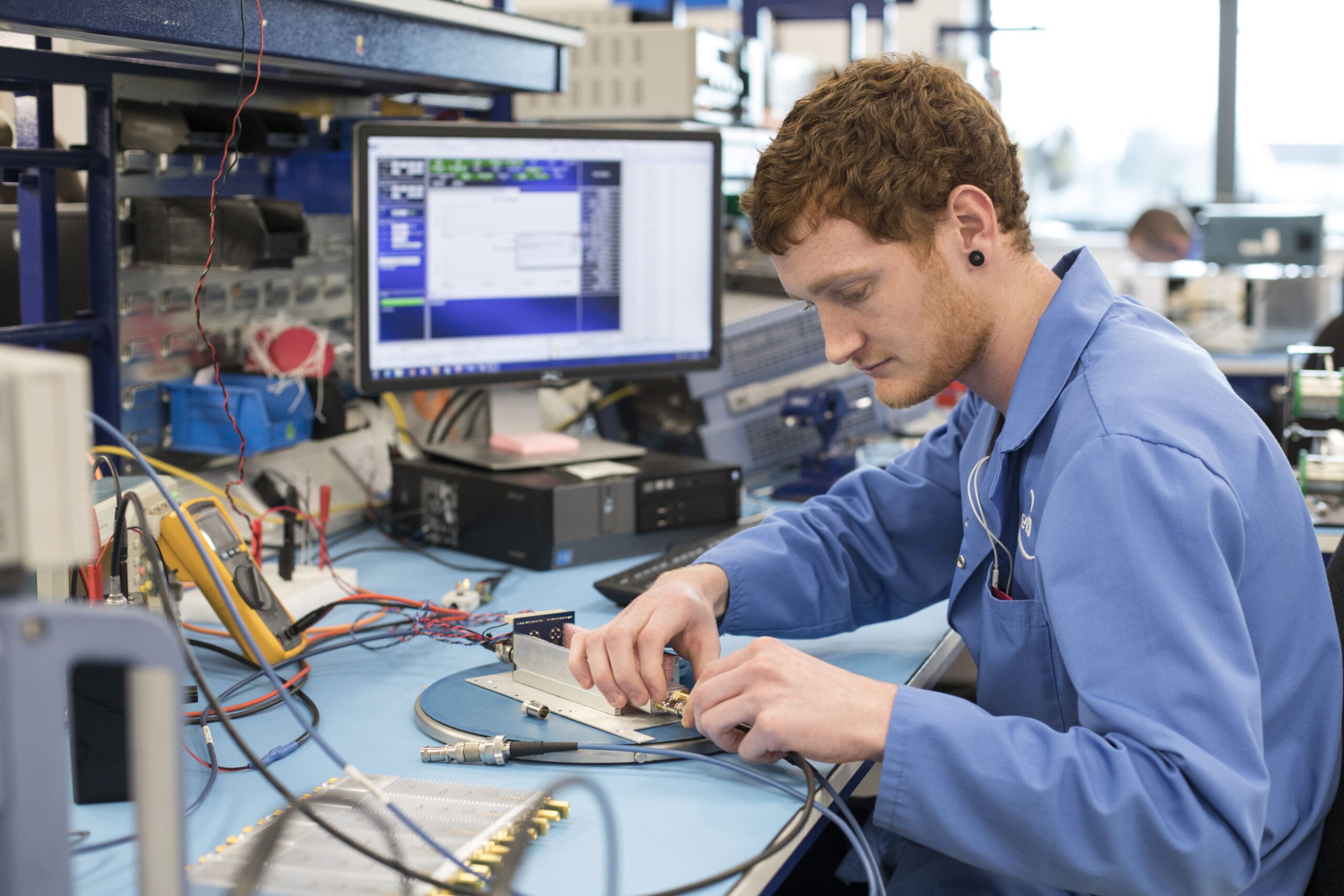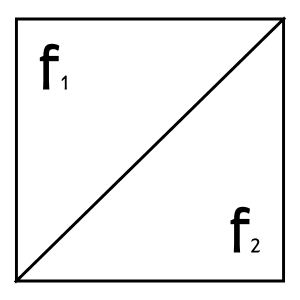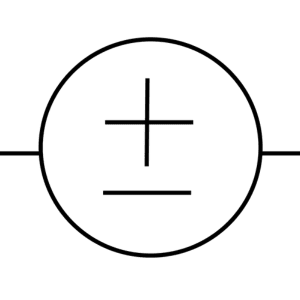
ETL Rack Systems
Efficient, scalable, and secure rack system solutions
The main product families are shown below, with further selection of products via functionality and design.
Options for custom design for rack systems are also available.
Genus Habitat
Compact, Modular, and a Future-ready RF Solution
The Genus smart chassis by ETL Systems represents the latest advancement in RF chassis technology, offering a compact, modular, and flexible solution for growing teleport operators.

Why Buy ETL Rack Systems?
Most of ETL’s sub-systems are designed to fit standard 19″ racks. We produce RF distribution equipment for a wide range of applications in the RF chain. On satellite downlinks this is between the LNB and the modem or receiver, and on satellite uplinks it is between a modem and a BUC.
Reliability, resilience and RF performance are designed into all our equipment wherever possible. Scalability and adaptability also influence the design process.
ETL also provides a range of Test & Measurement 19″ rack systems including loop test translators, satellite simulators, noise generators and signal generators.

Custom Build
We have over 35 years experience of providing solutions, such as extra redundancy, specific RF performance or even building chassis to fit certain architecture
Equipment repair, warranty and services
We provide bespoke satellite communication services, offering tailored design, integration, and support to ensure optimal performance and reliability at every stage.
Resources
Download and view our latest product catalogues for rack systems, RF component products and Atlantic Microwave’s test and measurement solutions.
ETL Systems
Seamless signal handling between antenna and modem

Get in touch
Whether you’re starting a new project or need expert guidance, we’re here to find the perfect solution for your needs. Reach out to us now and start the conversation!




